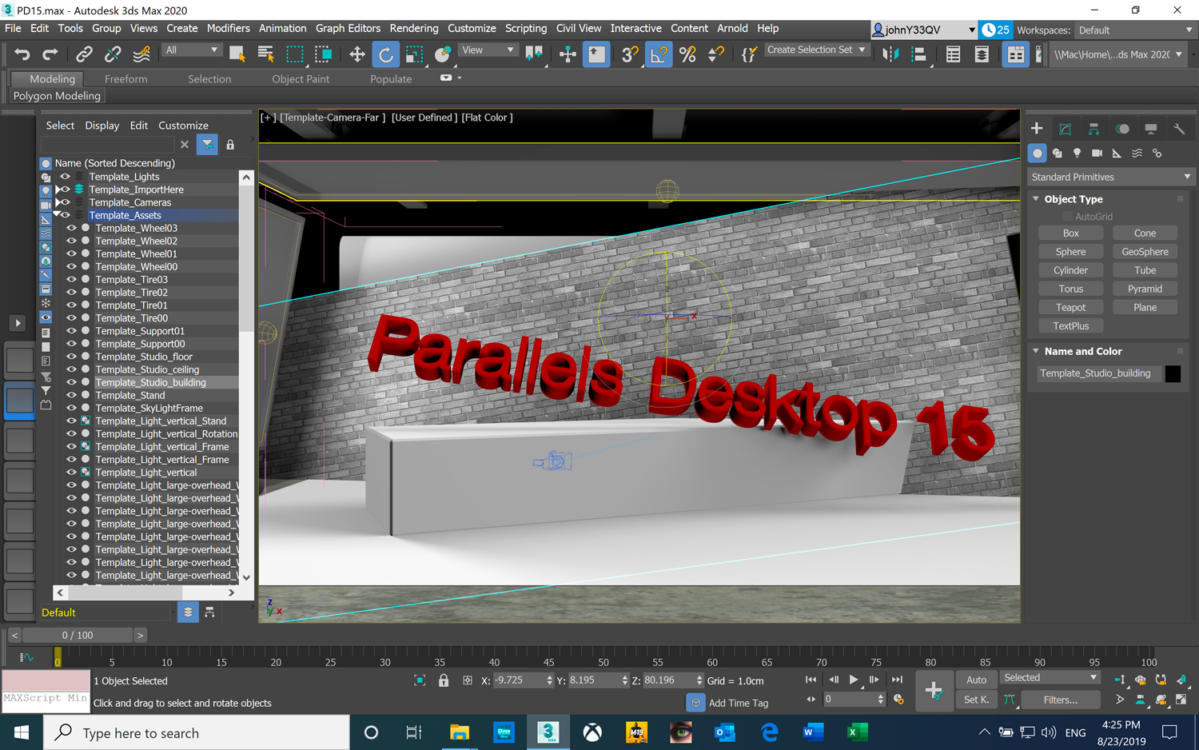

- #Parallels desktop 15 benchmarks driver
- #Parallels desktop 15 benchmarks pro
- #Parallels desktop 15 benchmarks software
As you can see, the newer notebook scores double of the previous notebooks, due to the better hardware and software optimization of the OS. On the productivity and creation side of OS X, we used Cinebench 11 to give you an idea on the performance improvements derived from the new Intel Sandy Bridge hardware. Still, PD6's settings are quite limited graphically, if you want to max out the graphic settings, Boot Camp is still your best bet. Upping up the cores and RAM in the virtual machine made the game totally unplayable. Interestingly, PD6 gave us the best performance, but only if the VM was limited to a single core and 1GB RAM. We've tried to standardized the graphic settings across all three test platforms, so our final testing is done with 2x anti-aliasing. Now, to be fair, the game engine isn't exactly modern, so older hardware should be able to run better. Our recently added real world gaming benchmark uses the L4D2 game and we've basically recorded a timed demo. Results wise, your best bet for performance is to run your games in Boot Camp.
#Parallels desktop 15 benchmarks driver
Our 3DMark06 run on PD6 was marred by some weird driver bugs that caused the discrete graphics to freeze, but after some patching with Apple's fix, we found the system to be much more stable and less prone to an unrecoverable freeze. Don't be too hard on the virtual machine yeah? As for Parallels Desktop 6 performance, it's actually not too bad if you factor in that it's only running on a single core. Performance results do show that the Intel Sandy Bridge models show a 20% improvement in benchmark scores over the previous Core i7 model and gaming scores also show a 35% increase from the switch to a newer AMD discrete graphics. We did try upping the number of cores to four where we got almost comparable results, but the virtual machine wasn't too stable.

As you can see from our table above, our PD6 config only ran on a single core and 1GB RAM. We updated all relevant drivers, and then installed Parallels Desktop 6 (PD6) to see if we would get a different performance results. Since the MacBook Pros can't really run benchmarks made for Windows, we went and Boot Camped the notebook to run Windows 7. NVIDIA GeForce GT 330M + Intel HD Graphics Intel Core i7-7270QM 2.2GHz, 6MB Smart CacheĪMD Radeon HD 6750M + Intel HD Graphics 3000
#Parallels desktop 15 benchmarks pro
Specifications / NotebookĪpple MacBook Pro (15-inch, Early 2011) + Parallels Desktop 6 As a result, we're sharing the performance figures from our most reliable run. Anything higher would work, but we found it flaky. Take note that while running Windows 7 in a virtual environment like Parallels Desktop 6, we could only reliably operate it with a single-core configuration and 1GB of memory. Scores are based on Windows benchmarks like PCMark Vantage and 3DMark 06, but we also have Cinebench 11 scores to cross compare. We'll be pitting the MacBook Pro against previous models, and against itself via a direct Windows 7 bootcamp configuration and even Parallels Desktop 6 on OS X running Windows 7 (virtualization). Since there's really nothing new to add on to the design and functional aspects of the notebook, we've decided to go straight into the performance numbers. Performance Benchmarking Performance Benchmarking


 0 kommentar(er)
0 kommentar(er)
